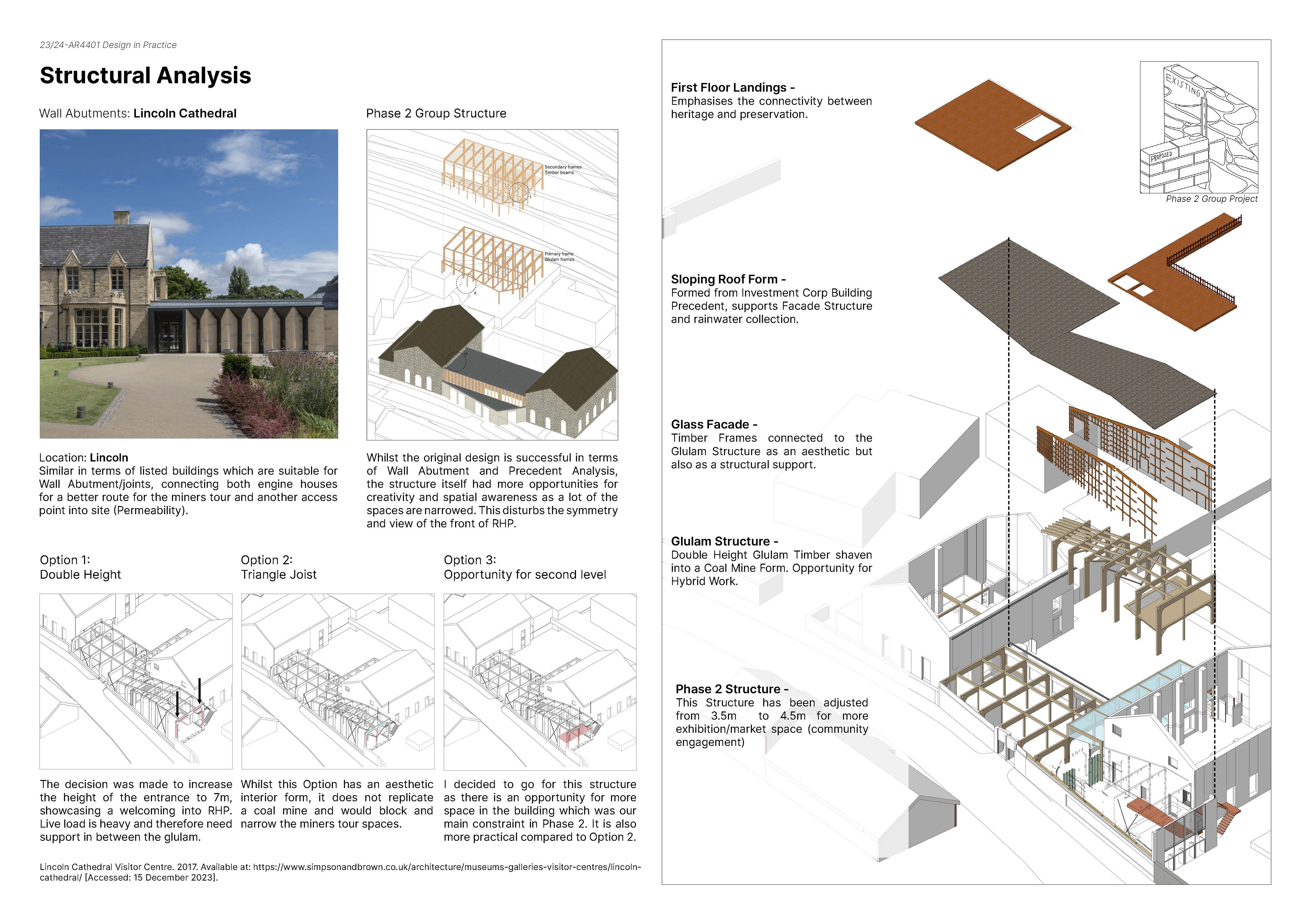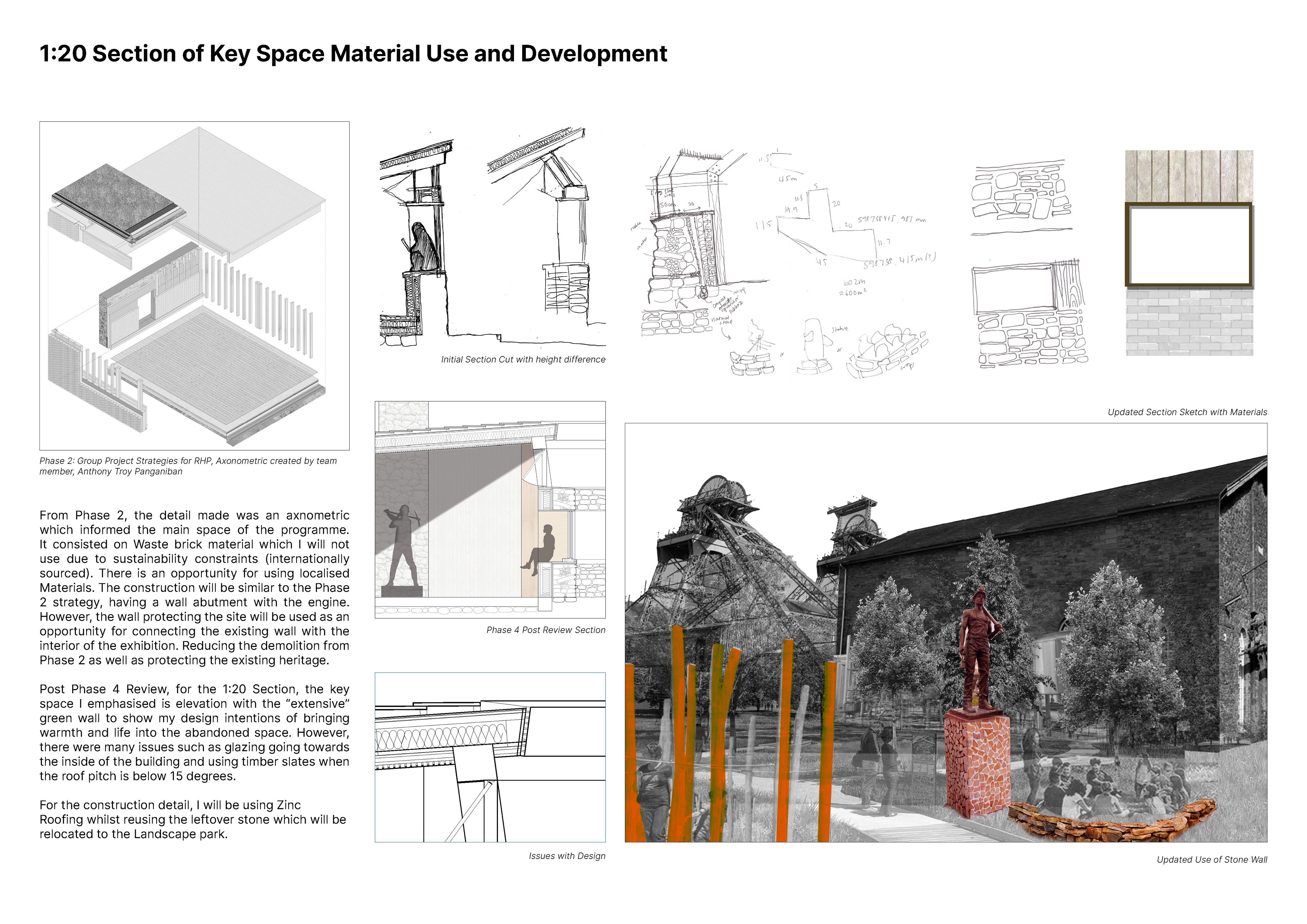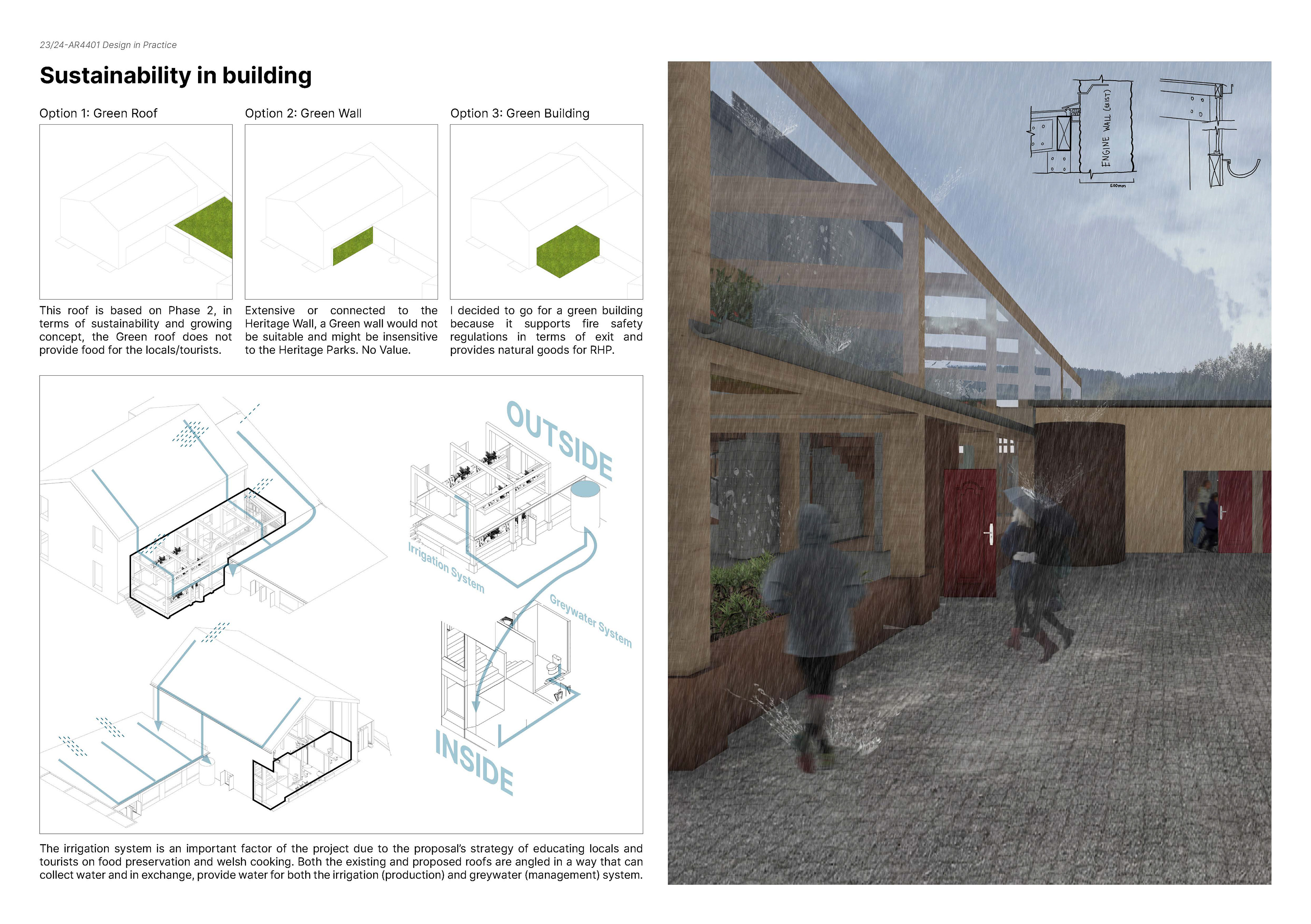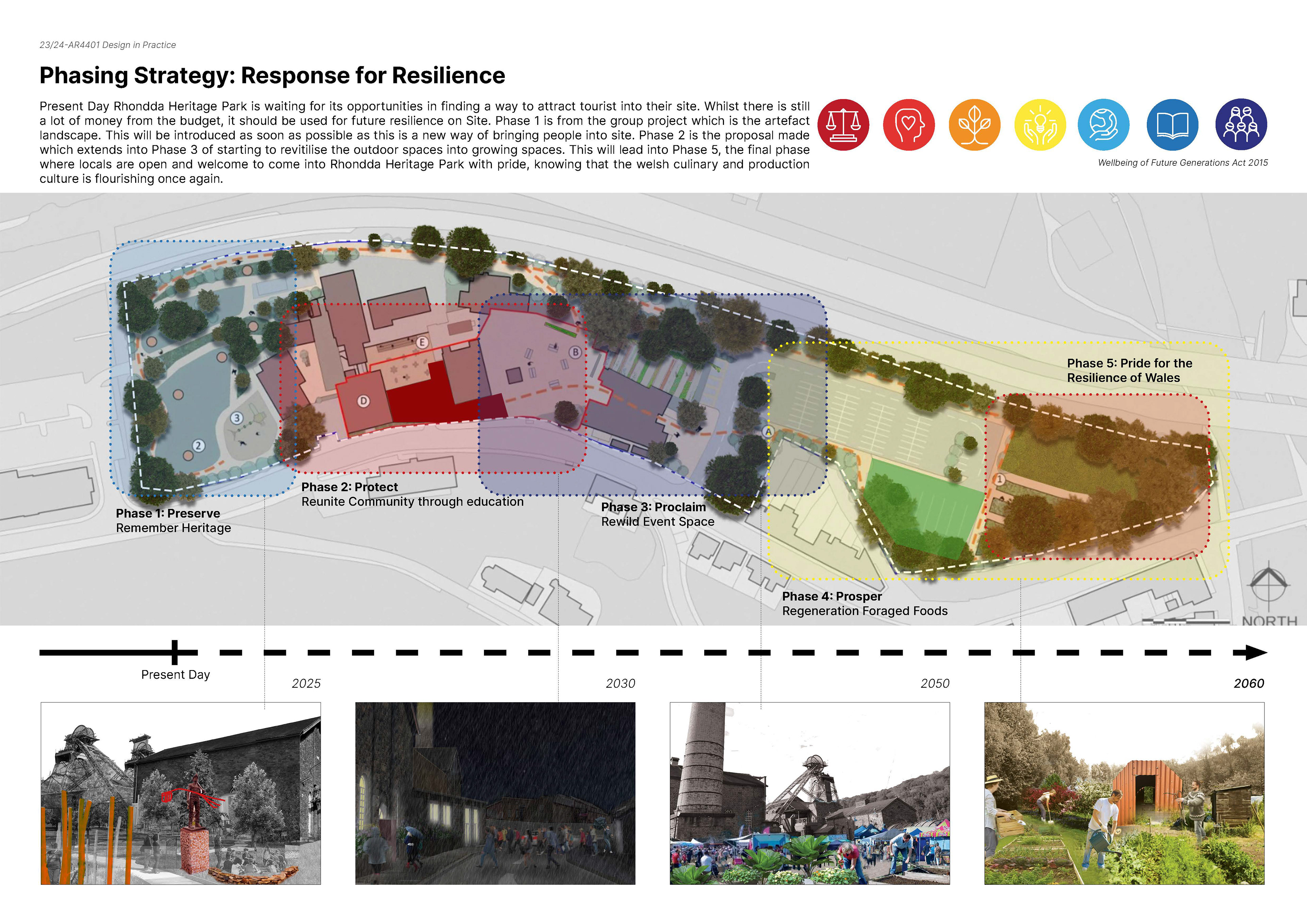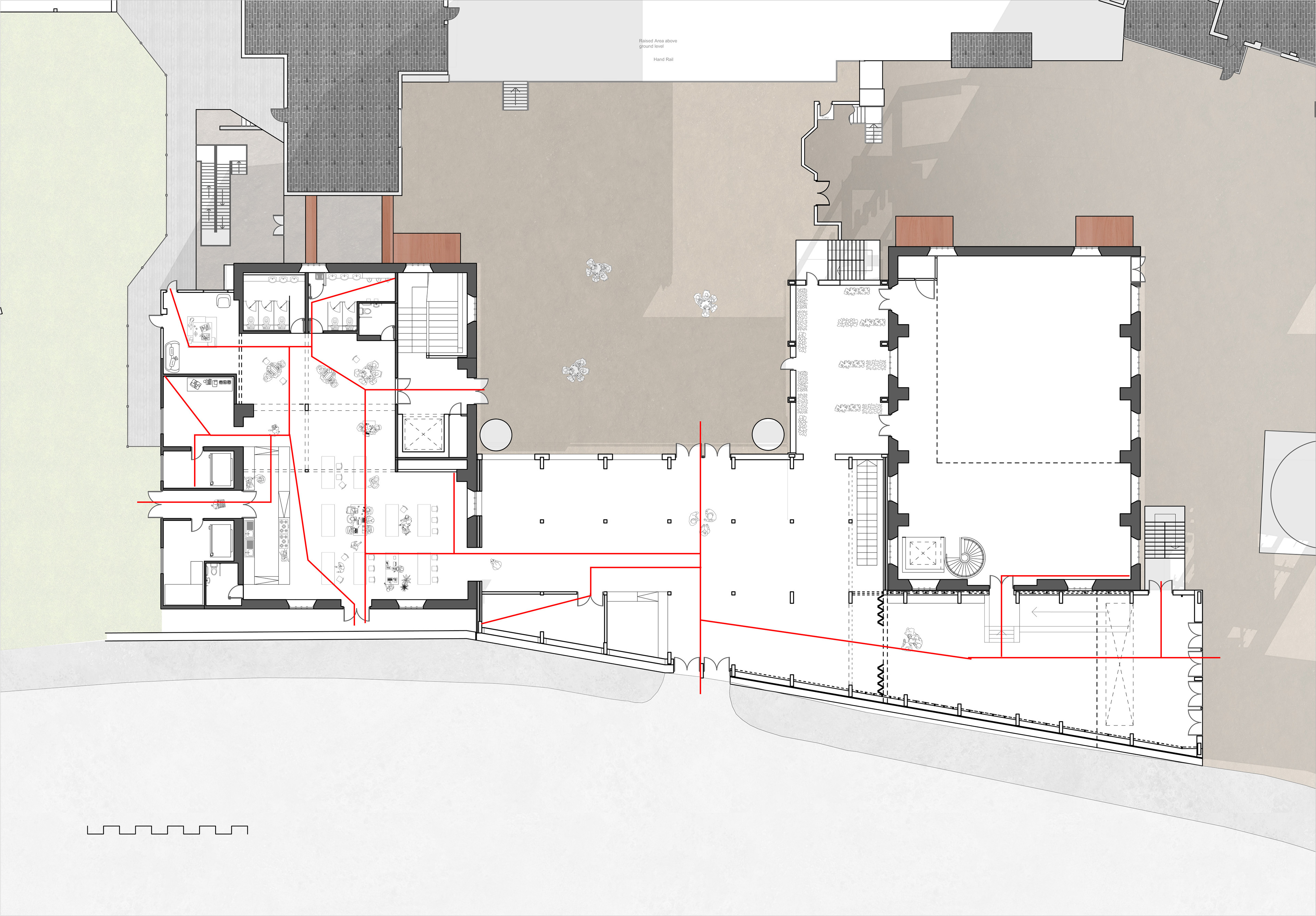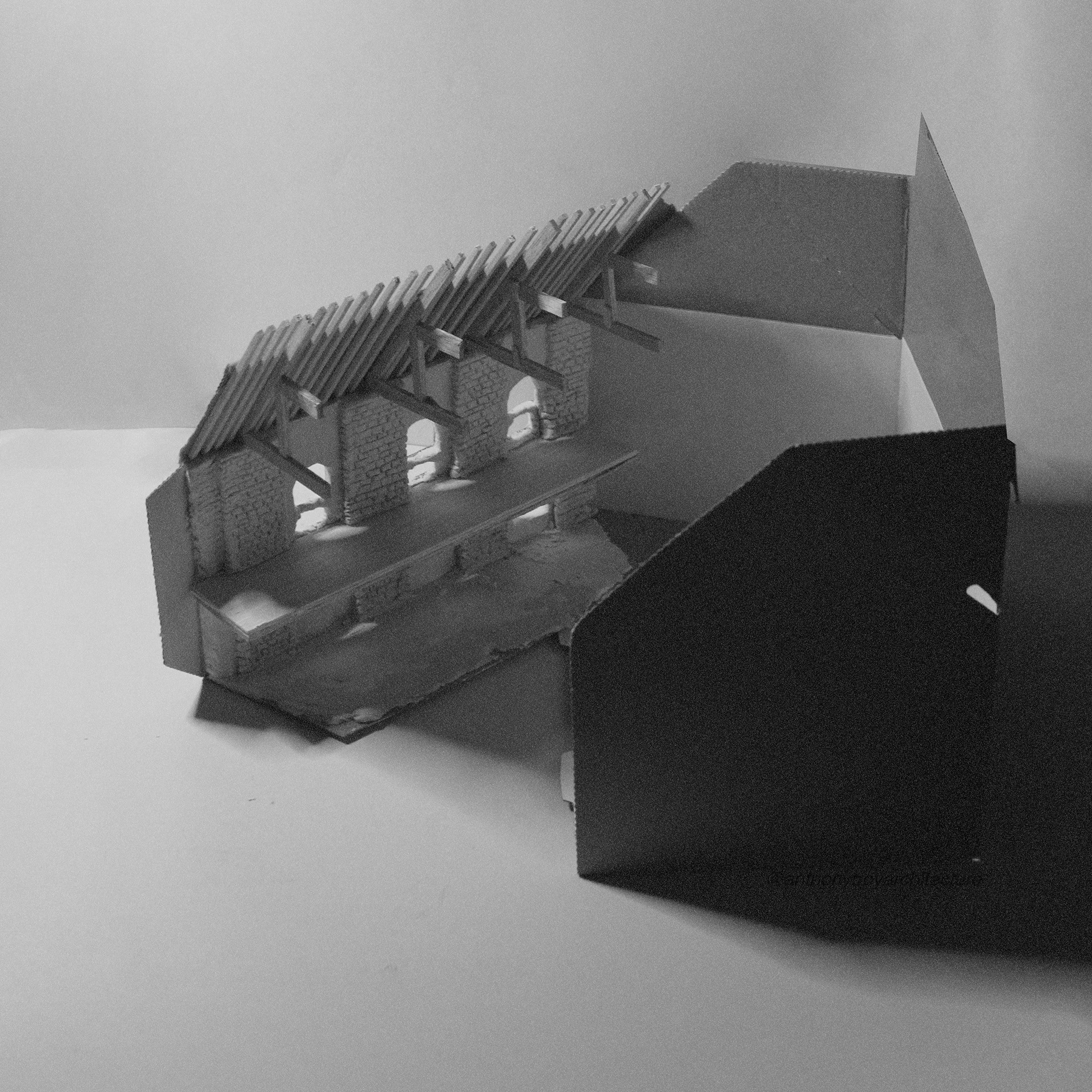
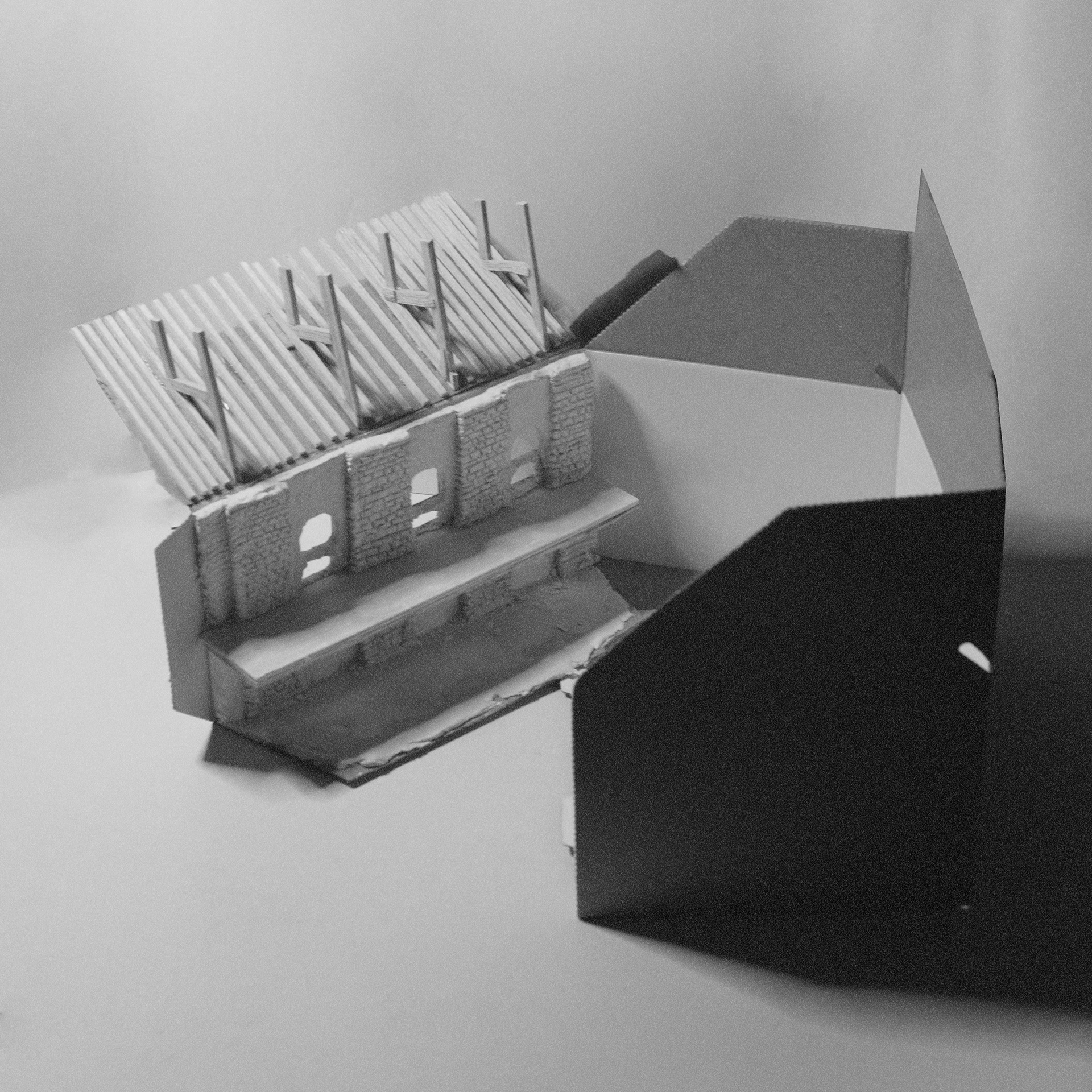
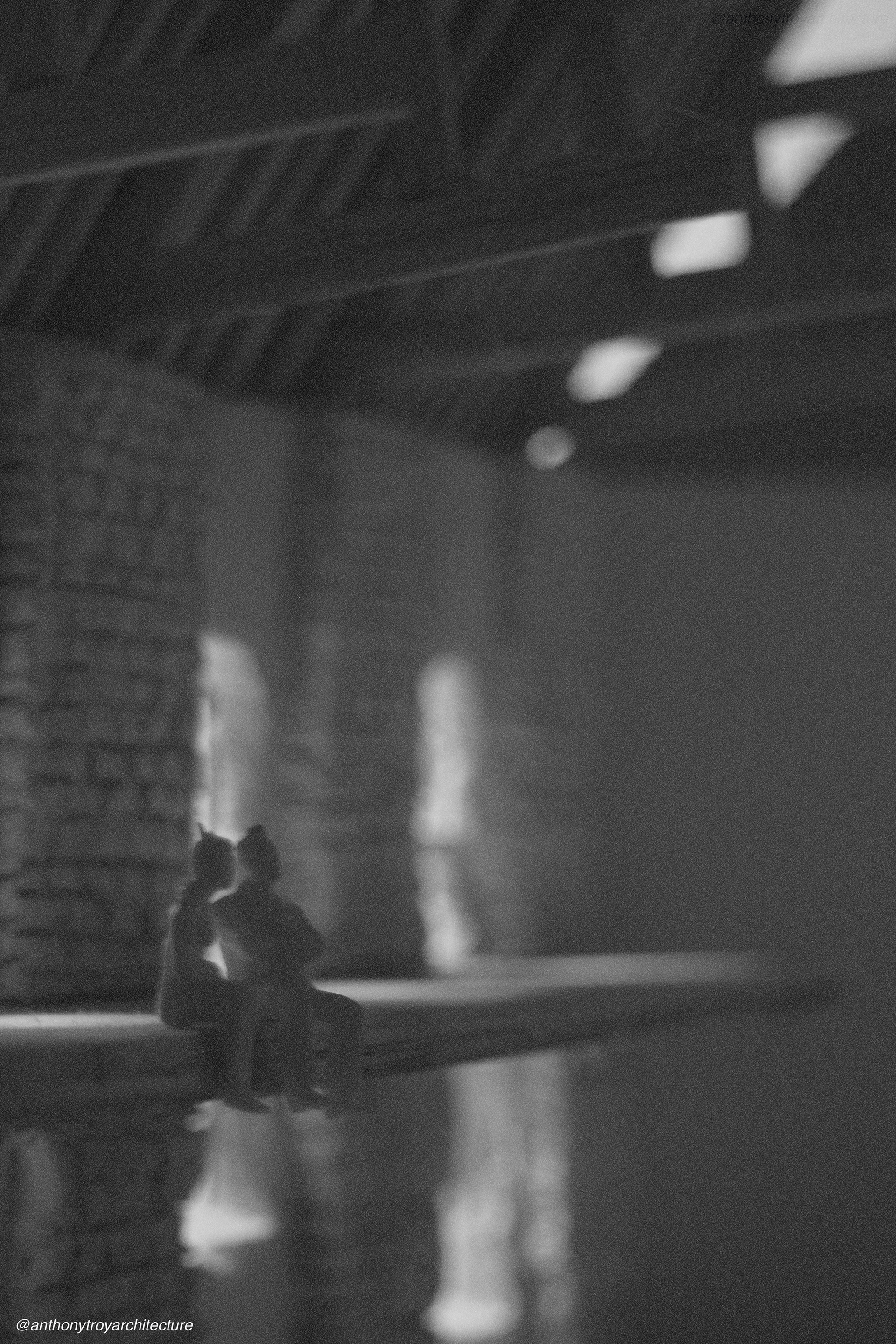
Rhondda Heritage Park is the site of the former Lewis Merthyr Colliery which functioned between 1870 and 1983. The site was one of the first collieries in South Wales to adopt electric power turbine pumps. Much of the machinery has been preserved alongside 13,500 artefacts.
Since the closure of the colliery the site has been operating as a heritage park, offering a ‘Welsh coal mining experience. There are opportunities to enhance visitor experiences and celebrate the heritage of Rhondda with tourists and the local community as in previous years the site has seen a decline in visitors. In addition, there is a need to create attractions that complement the historical context and attract repeat visitors to generate a reliable income stream for the sustained running and maintenance of the site as an active heritage asset for all.
Initial scheme and unique selling point is to create a ‘town square experience’ for the local community on the site, creating a vibrant and social environment on the site which would have similarities to something you would experience in a town square to appeal to all ages and interests. These should be both internally and outdoors to allow the site to operate year-round whilst opening up the site and creating an ‘artifacts trail’ for the public to explore free of charge, creating a transition through the history of Rhondda. Based on site analysis, the connecting towns of Porth and Trehafod are leisure-based districts, hosting recreation spaces, wedding venues and social district clubs. The main reason why locals would visit the Heritage Park often is for the café which is emphasised in the Phase 4 proposal.

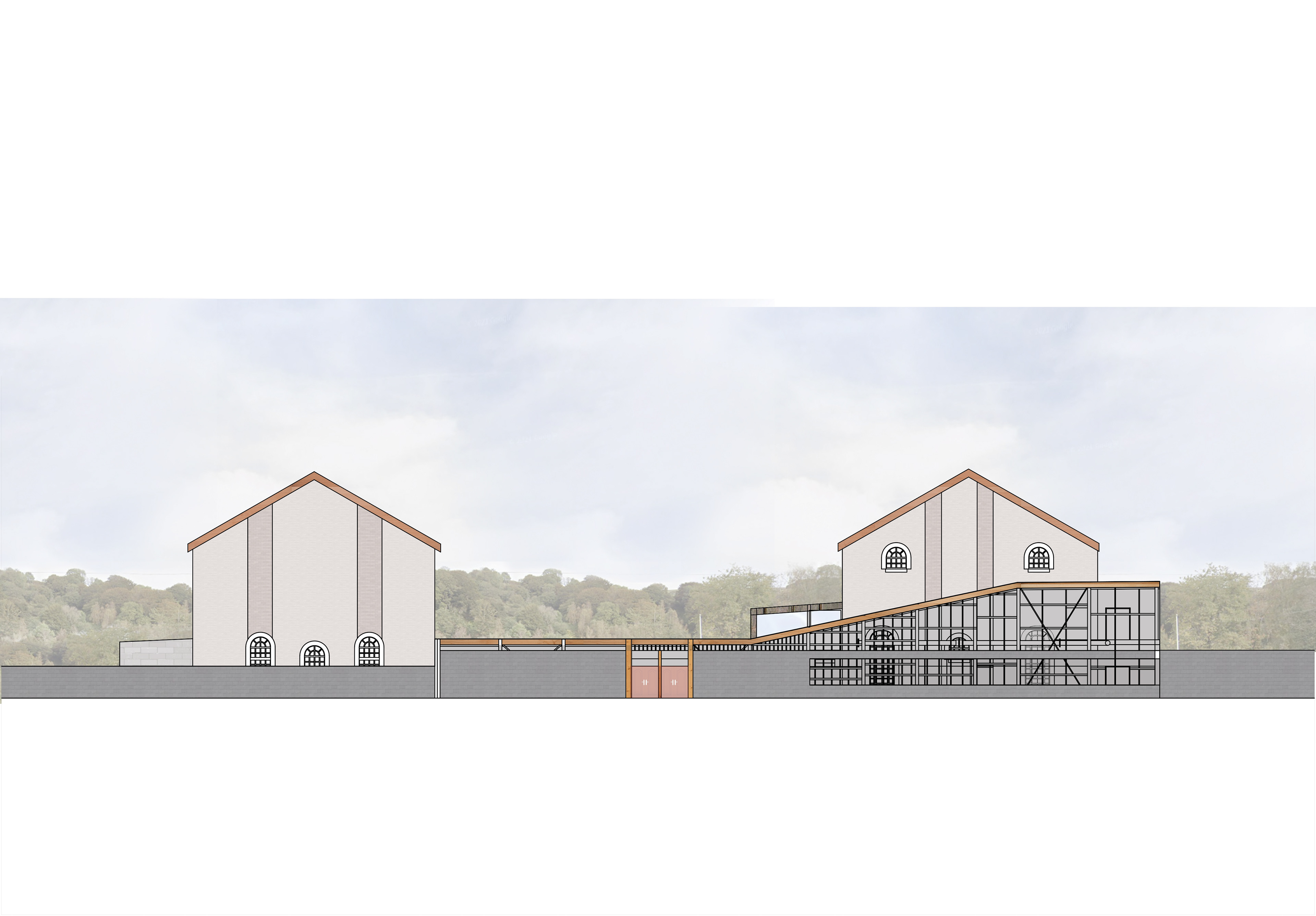
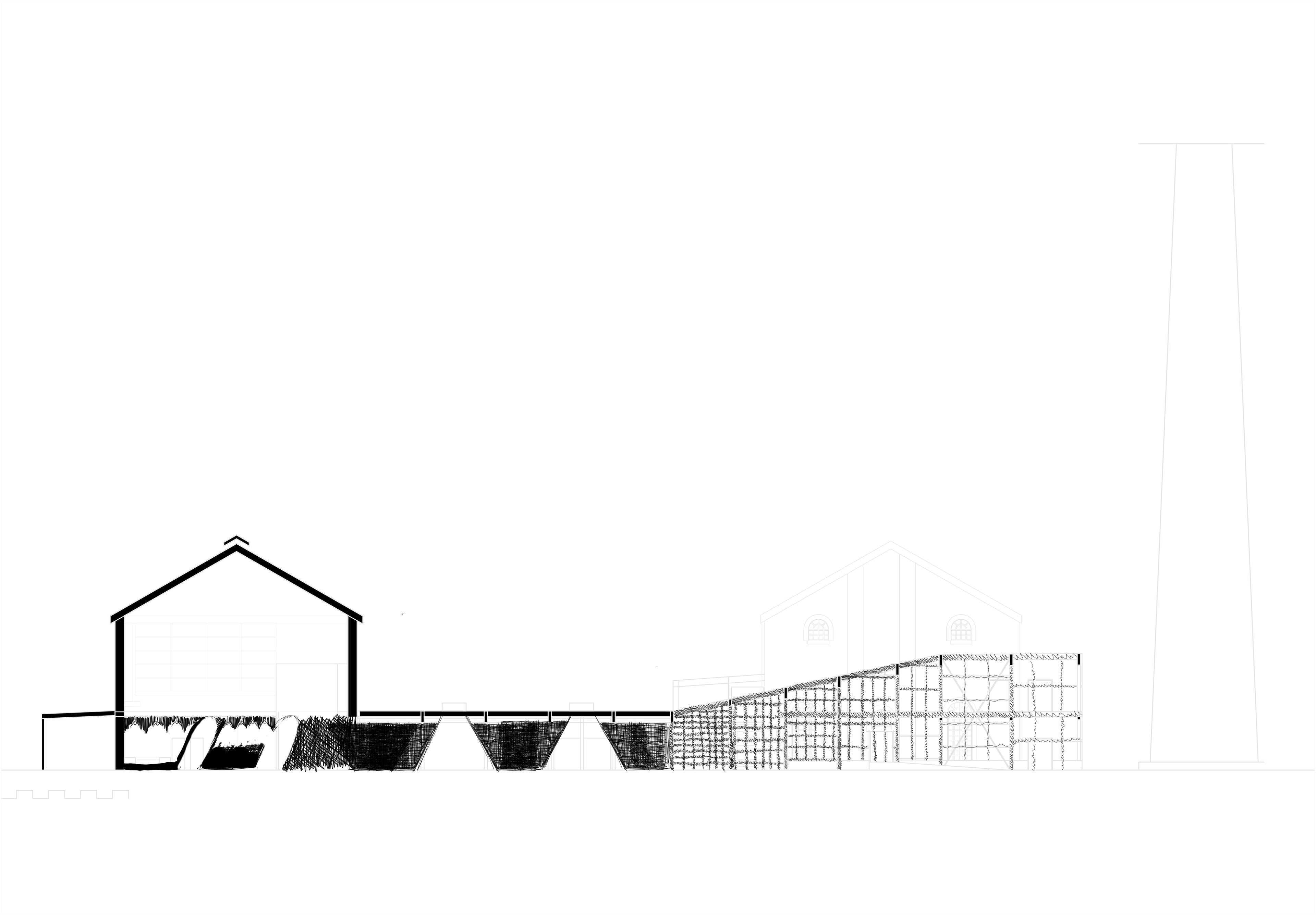
Phase 4 will reintroduce a new brief for Rhondda Heritage Park. RHP will be the abbreviation for “Restore, Homeland, Planting.” The intervention aims to bring a new agricultural setting. The project driver is from the mini allotment gardens in the heritage park that mention the history of miners growing their crops and preserving vegetables like potatoes and carrots. The growing of new crops in the heritage park will not only help with the educational sector but can also bring community involvement and resilience into the project as the green space located near the car park can potentially be used as a community allotment garden for the locals of Trehafod. This would also benefit the existing café in terms of locally sourced food and seasonings derived from the Wellbeing of Future Generations act of being “resilient” and “prosperous.” - Part of the circular economy Agenda. An observation from the RHP is mainly the lack of Welsh Culture. Rhondda Heritage Park is unique to other coal mining sites. Promoting the site to Welsh tourists and people interested in Welsh culture using the Welsh Language throughout the tour can promote and protect the cultural heritage of Wales - Potentially through books, menus, mobile devices, and headphones. In addition, adding more Welsh Food such as cawl created by locally produced vegetables can help with the resilience of RHP.
In terms of technical construction, the reuse of deconstructed parts of the engine house/walls on the architectural façade allows preservation in the heritage on-site. Trevor’s north-facing façade will be fully covered by the exhibition space/entrance to the site and will have the education space and an advertising wall on the first floor, inspired by Newport Street Gallery, which can help bring/interest drivers passing by on the main roads. The Engine House Bertie will become a library/restaurant hybrid which will have a green wall as part of the insulation since the engine houses are mainly masonry-built. This can benefit the social club district as they will have a place for eating/catering during and after the venue closes.
